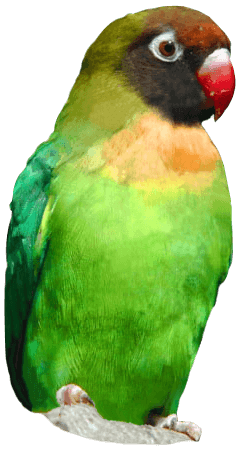
Every Tail is Tallied in Annual Stocktake
PUBLISHED 04/01/24
Drusillas ensures every tail is tallied in annual animal stocktake
The team at Drusillas Park are ringing in the New Year with an annual stock take of every animal in their care, no mean feat considering the zoo is currently home to 782 mammals, birds, insects, reptiles, and fish.
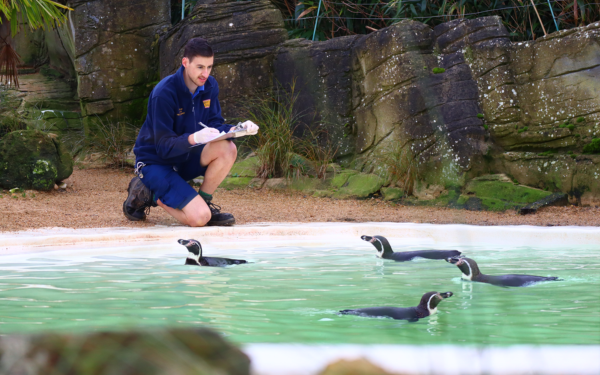
This yearly census of all creatures great and small is one of the biggest jobs in the diary and is undertaken by keepers at zoos around the country. Each and every species needs to be tallied up as part of compliance with zoo legislation, which requires zoos and aquariums to keep precise records of every animal birth, death, arrival and departure.
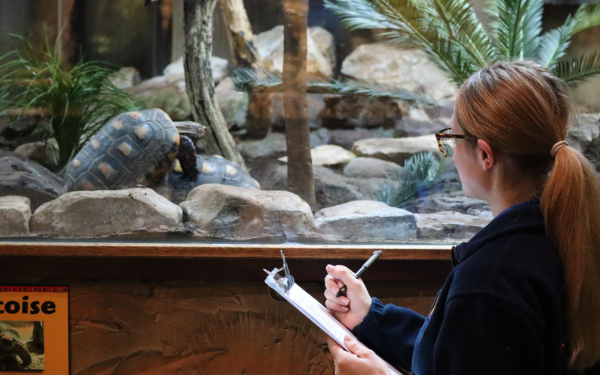
There have been big changes over the last twelve months, with Drusillas proudly welcoming 60 new animals, and 36 ‘zoo borns’. New babies born onsite last year include sloth baby, Echo, whose surprise birth was witnessed by an amazed visitor in August, adorable capybara triplets: Squash, Tango and Marmalade, born to doting Mum Clementine in September. Plus, beautiful baby Pedro, a cheeky colobus monkey who arrived in April, and dinkiest new additions, dwarf mongoose trio: Jester, Viper and Merlin.
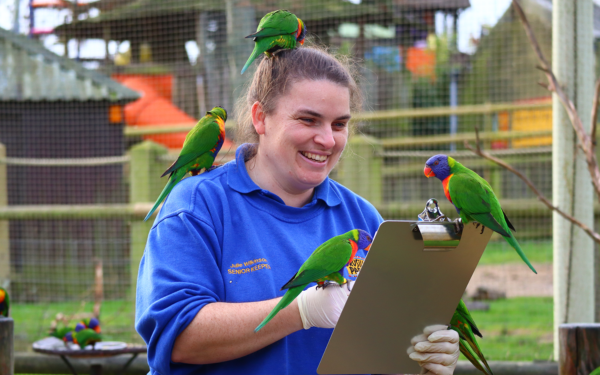
Drusillas has also welcomed arrivals from other collections and became the second zoo in the UK to house rare yellow-throated martens, after the arrival of perfect pair Sasha and Niko, who make up half the British population of these strikingly beautiful animals. Eurasian lynx brothers: Friston and Ash, also joined the zoo from Wild Place Project in Bristol, and quickly made themselves at home in a brand-new quarter of a million-pound custom-built, naturalistic habitat, designed especially for them.
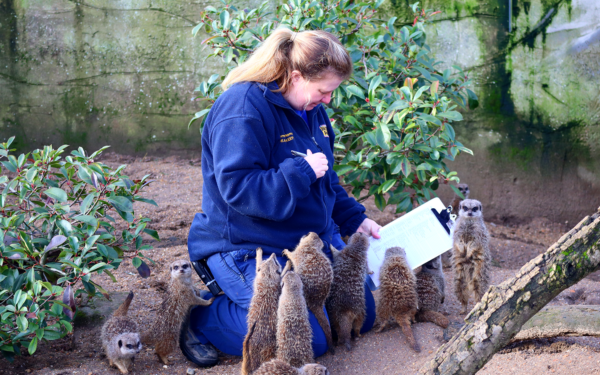
The zoo’s troop of critically endangered Sulawesi crested black macaque also grew, with the arrival of adult female Ahsoka, from Chester Zoo. While the zoo’s Humboldt penguin colony welcomed 10 new birds and named them after Brighton and Hove Albion players to celebrate the local team’s record-breaking season.
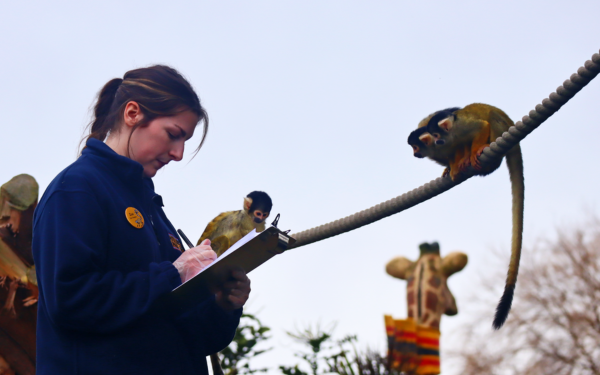
Of course, the keepers at Drusillas are well aware of how many animals they have in their care every day of the year, but the annual stock take provides an opportunity to ensure that all their records are up to date and accurately reflect the number of residents at the zoo. Most of the animals have individual records, much like our own doctors records, and these are kept on a system called ZIMS (Zoological Information Management System).
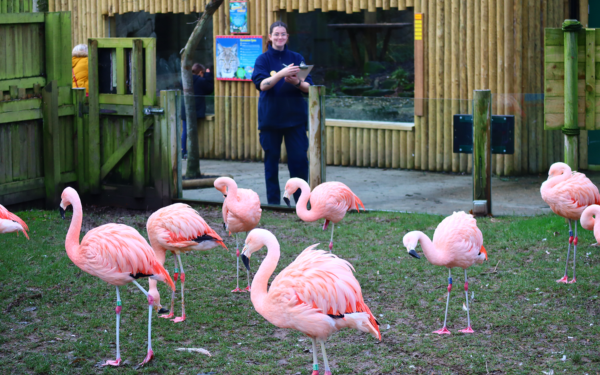
As you’d expect, larger species like the penguins, lemurs and camels can easily be counted on a daily basis, but a number of smaller species who reside at the Sussex zoo prove a little more challenging for keepers to count.
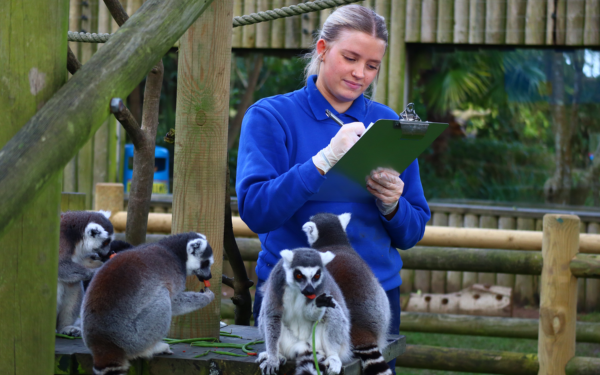
Zoo Business Manager, Sue Woodgate, explained: “It’s easy for some of our animals, we always know how many larger species we are looking after, for example our lemurs, armadillos, anteaters etc. But try counting a flock of lovebirds who never sit still, you’ll give up in no time! We also have many invertebrates who we use in our education department – for example our black beauty stick insect numbers change all the time, they lay eggs all the time and when these hatch we have a population explosion.”
Head Keeper, Gemma Romanis, is overseeing the task this year and she certainly has her work cut out. With hundreds of individual animals, the process can take several days; counting some of the smaller creatures also takes a great deal of patience and plenty of double-checking.
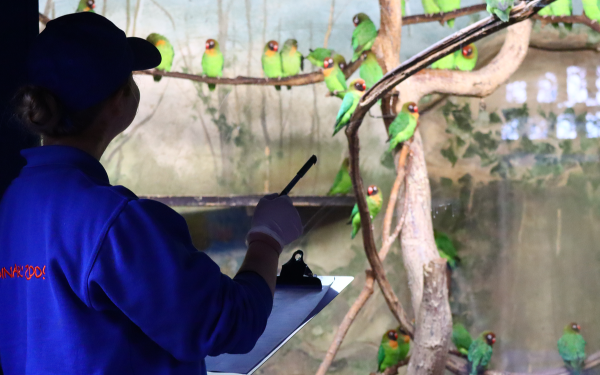
Each of the animals must have their own record card, holding details of parentage and other important information. Drusillas’ Zookeepers will be taking particular care to ensure all their details have been recorded correctly.
Once completed, this information is submitted to a central database and used by organisations such as the British and Irish Association of Zoos and Aquariums (BIAZA) to manage conservation.
Head Keeper, Gemma Romanis, commented: “Looking after the animals every day means we always know how many of them there are, but the annual stock take is a chance for us to ensure our records are spot on. There’s an awful lot to do and it can be very time consuming, but I really enjoy doing it. It makes a nice change from my usual daily activities.”




